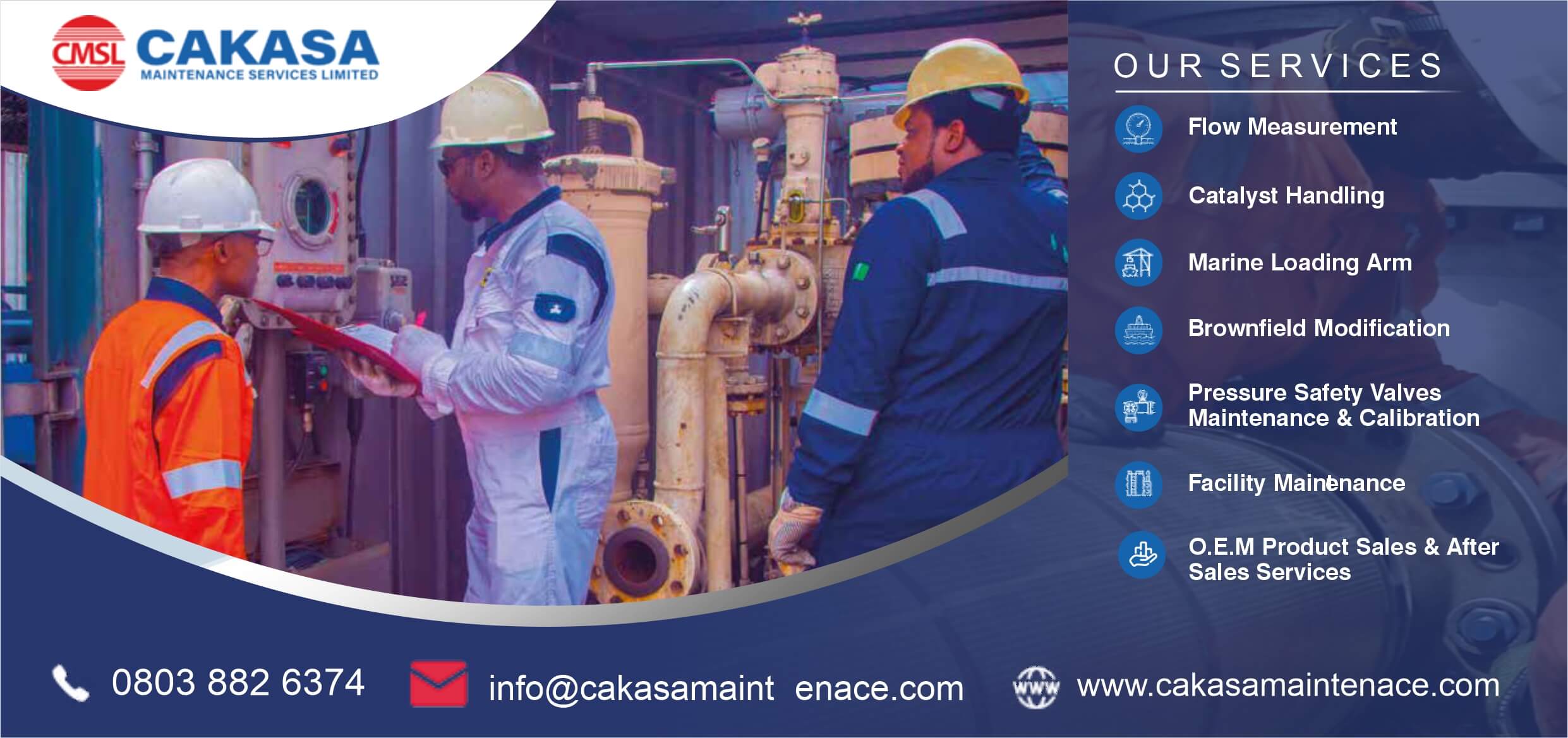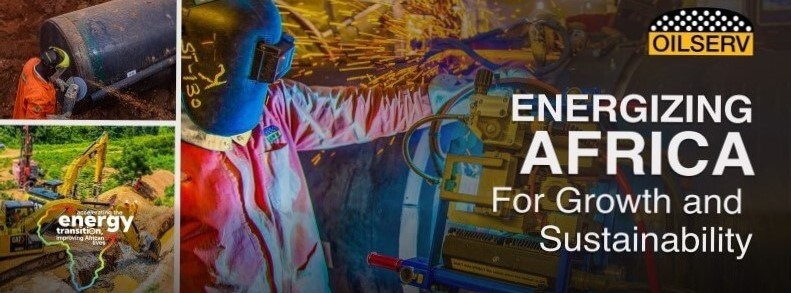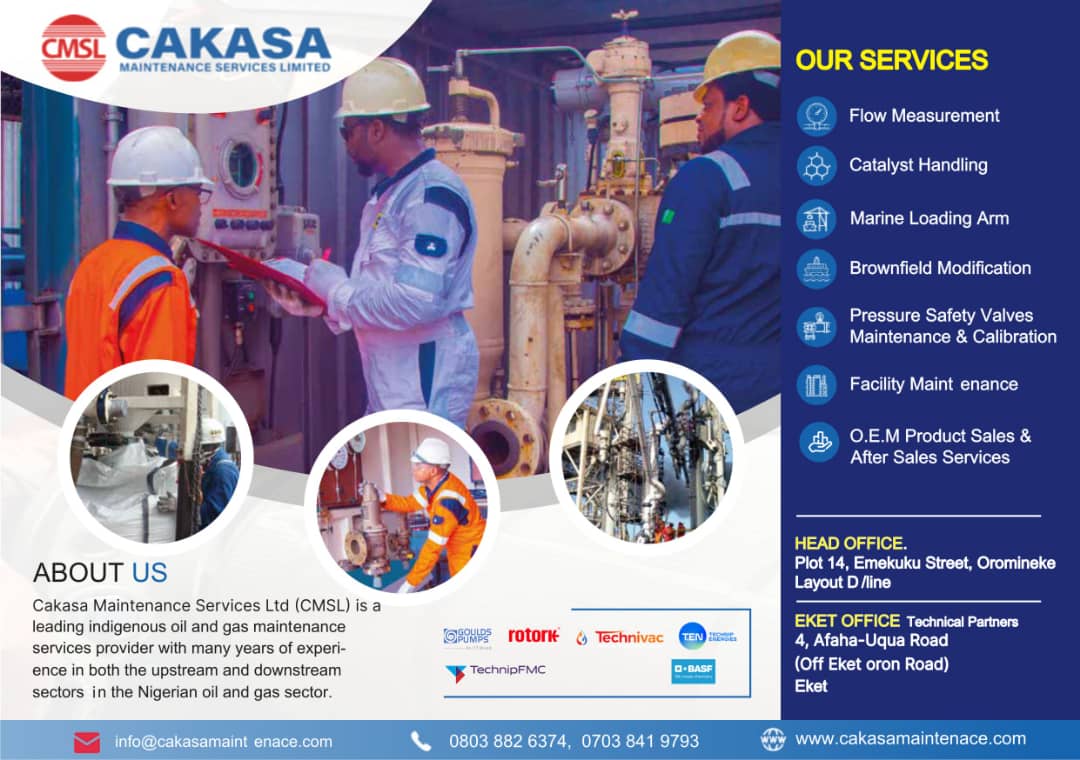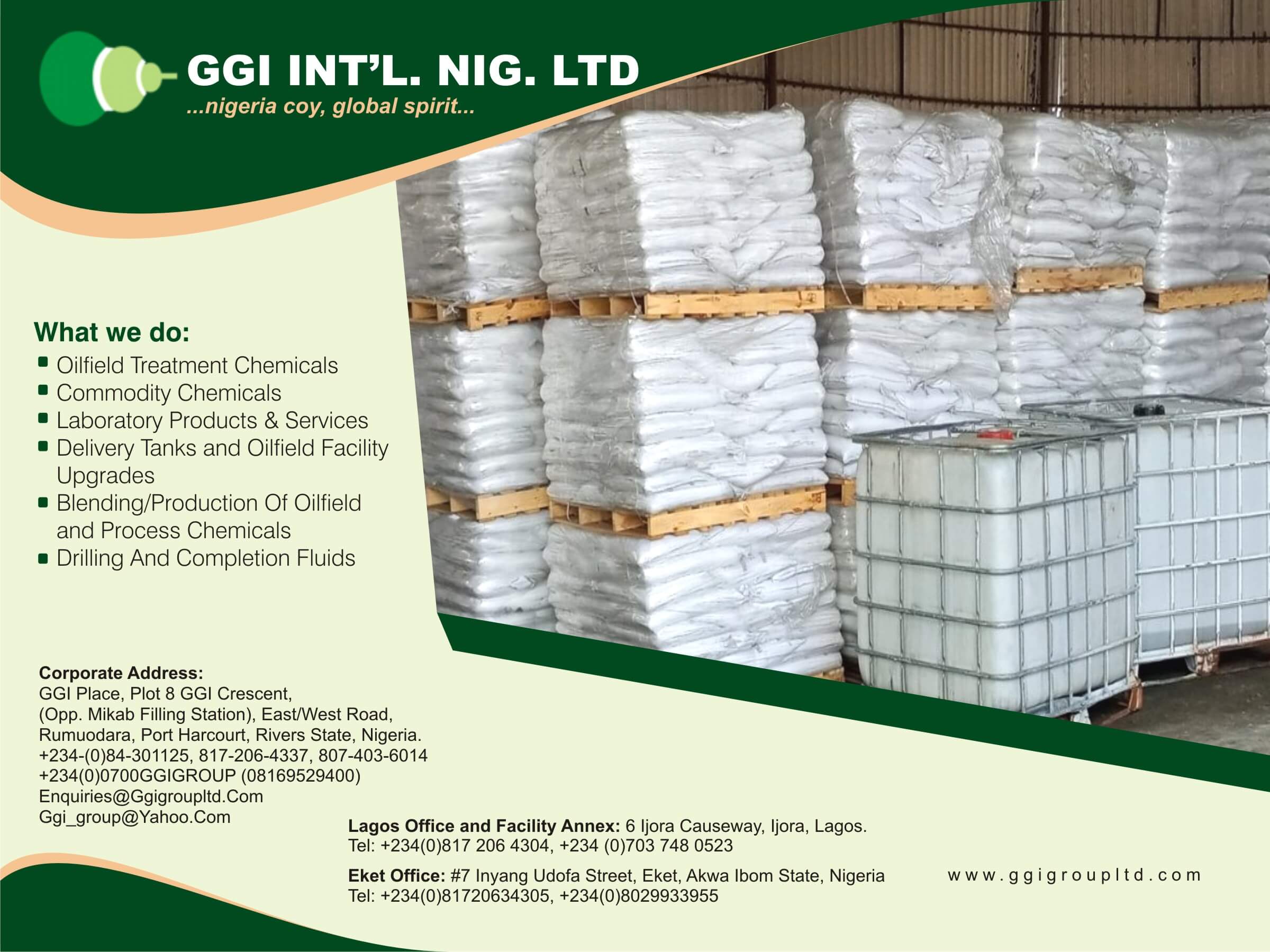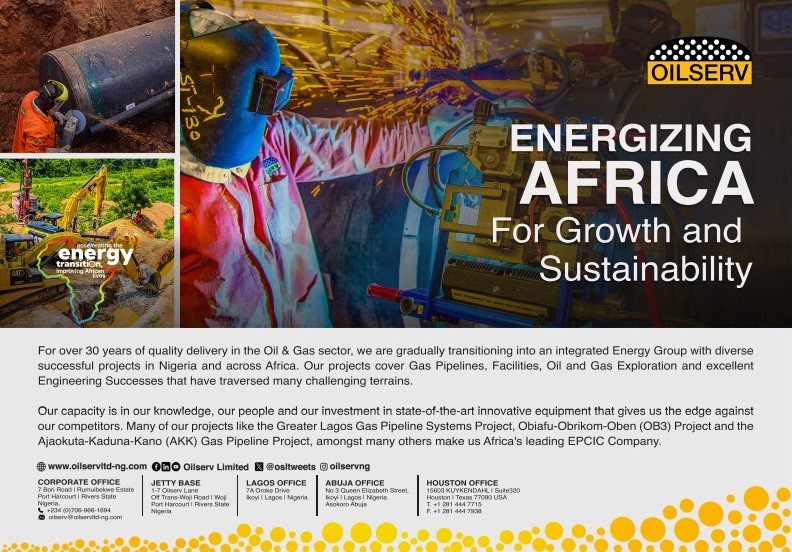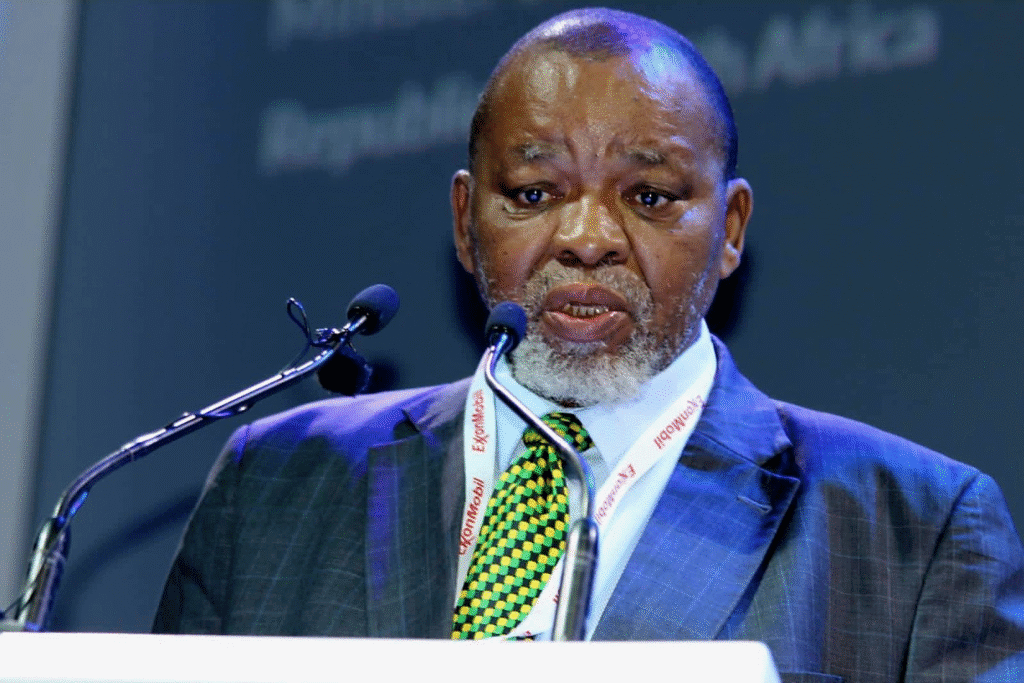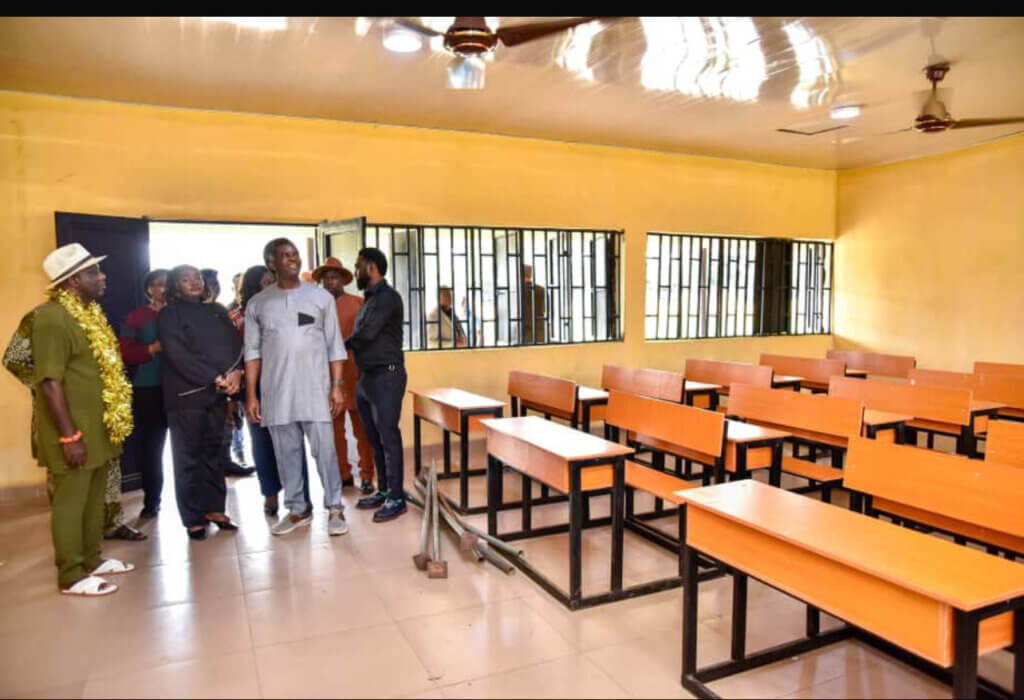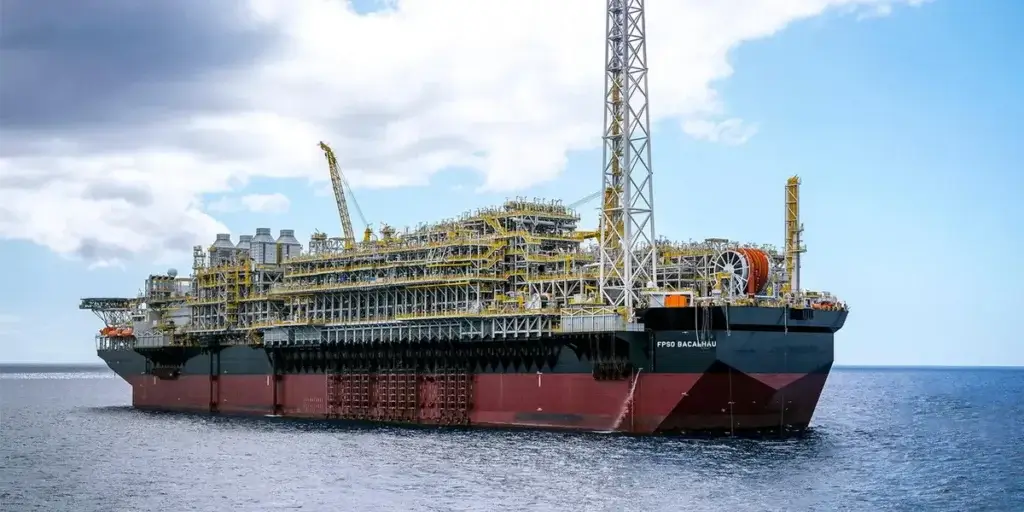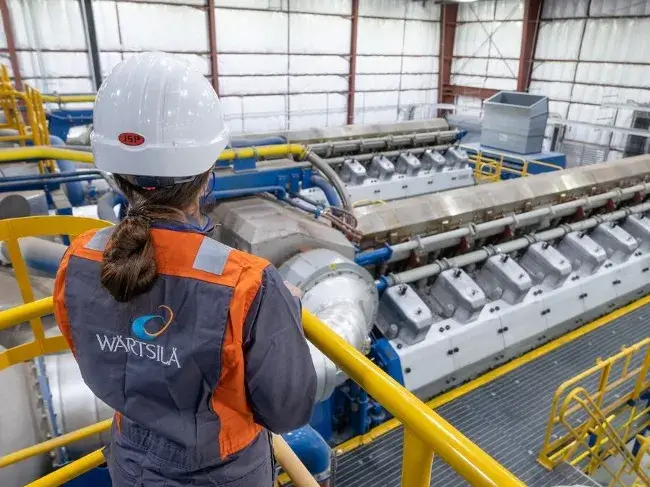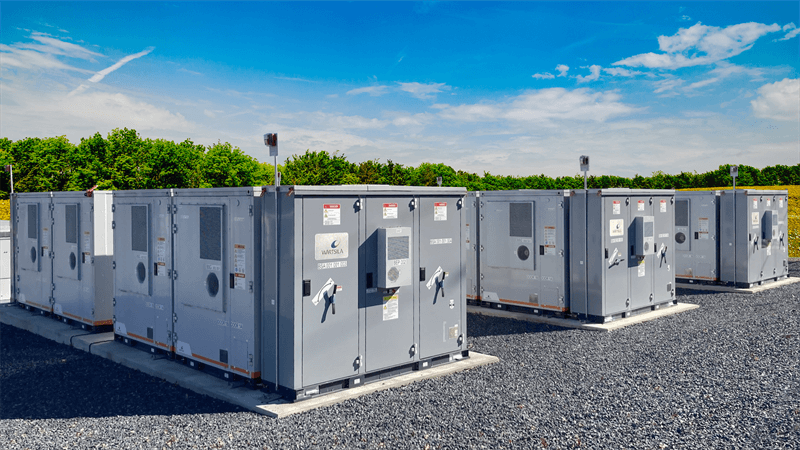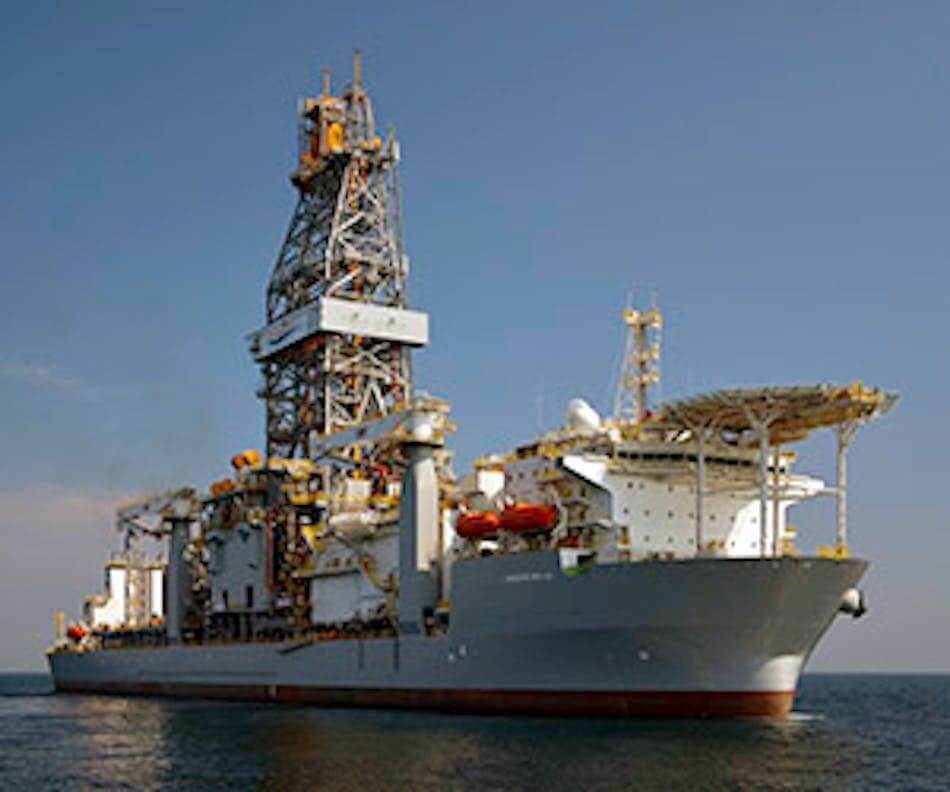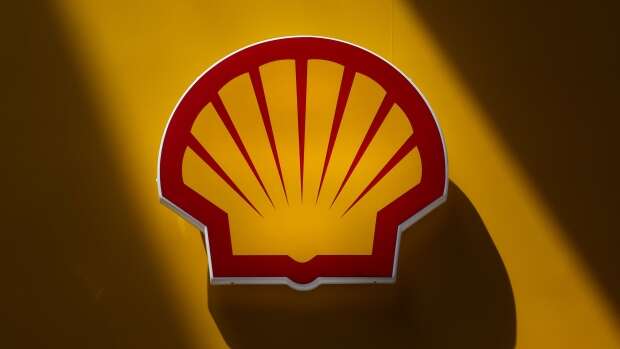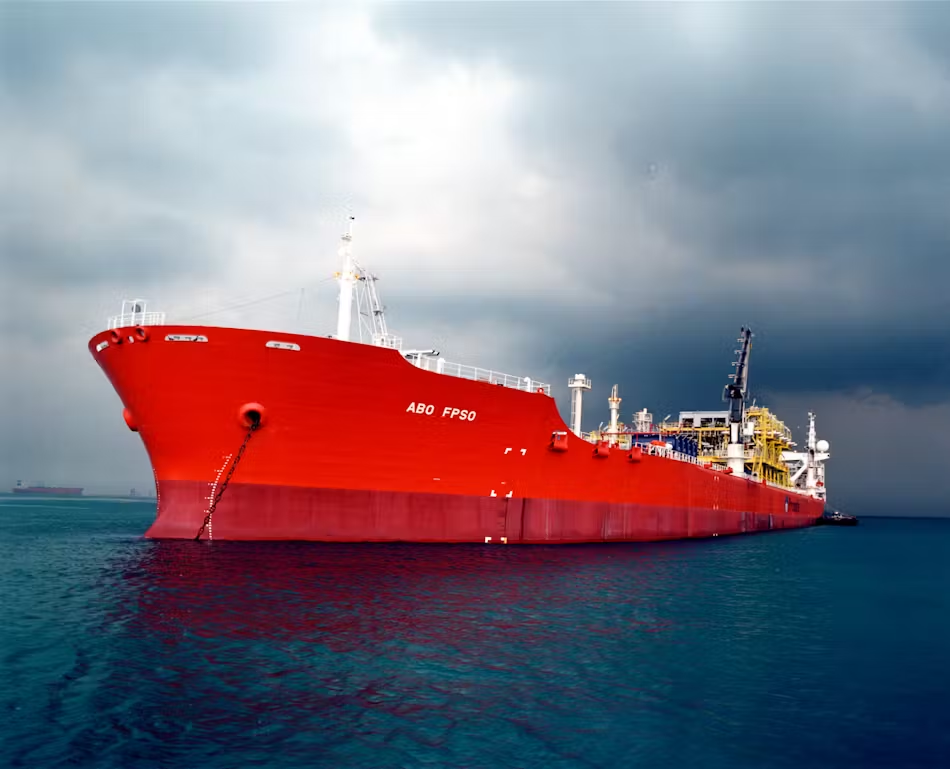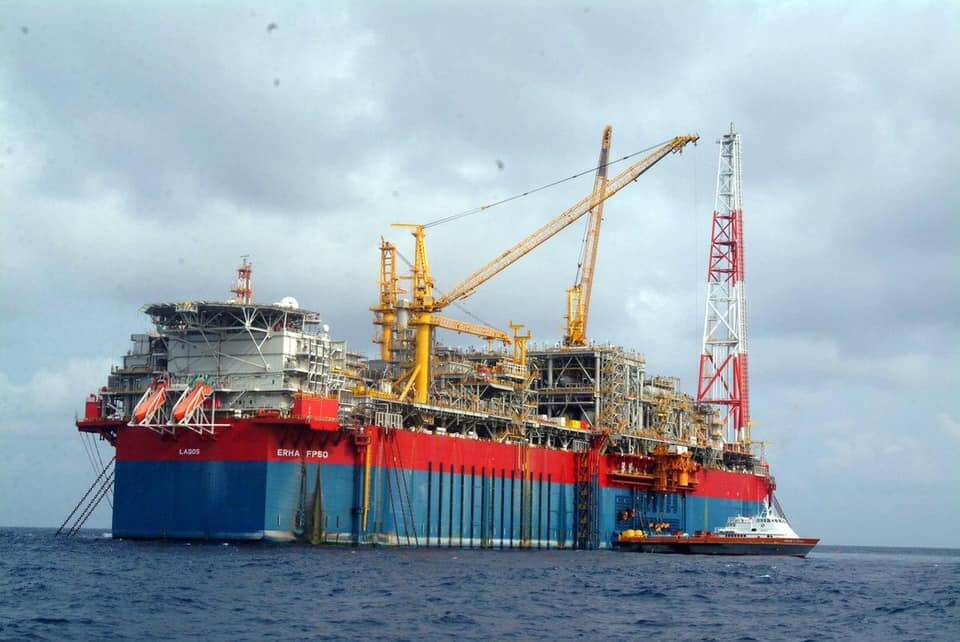
ExxonMobil’s Erha deepwater development FPSO, which started production 20 years ago and is located approximately 60 miles (97 kilometers) and 3,900 feet (1,200 meters) below water, is currently producing at 70,000 barrels per day offshore deepwater
The current production rate of Nigeria’s critical economic asset was disclosed by the country’s Minister of State for Petroleum Oil, Senator Heineken Lokpobiri, who visited the production platform as part of the collaborative efforts between the Government and industry players in a continuous bid to advance the objectives of efficiency, transparency, and sustainable growth within the energy upstream sector.
The Minister stated that the current daily production capacity of 75,000 barrels per day of the Erha Floating Production, Storage and Offloading (FPSO) facilities, operated by ExxonMobil, has exemplified the progress and showcased operational excellence, technological innovation, and a strong commitment to safety within Nigerian offshore environment.
“Beyond its production output, I am particularly encouraged by the fact that indigenous personnel make up the majority of the workforce, reinforcing our in-country value retention agenda.
“As a government, our policies and continued support will remain focused on promoting facilities like this, that not only contribute to production but also strengthen local capacity and promote lasting growth in Nigeria’s energy sector,” Lokpobiri said.
He commended ExxonMobil for the progress the company has made so far in the development of the Owowo Field and other contiguous fields, stating that ExxonMobil has conveyed confidence to continue investing in Nigeria, which is a direct reflection of Nigeria’s sustained policy reforms and strategic efforts to drive growth and sustainability across the energy value chain.
Erha FPSO is producing from Nigeria’s deepwater OML 213. The peak production at the time of commission, 2006, was expected to ramp up to 150,000 barrels per day, while Erha North was expected to contribute 40,000 barrels per day, for a total production output of 190,000 barrels per day. The facilities were constructed within budget, and the total cost for the two developments, including facilities and drilling, was approximately $3.5 billion










